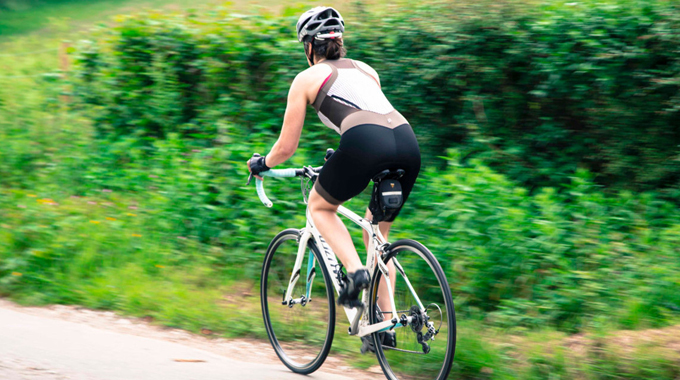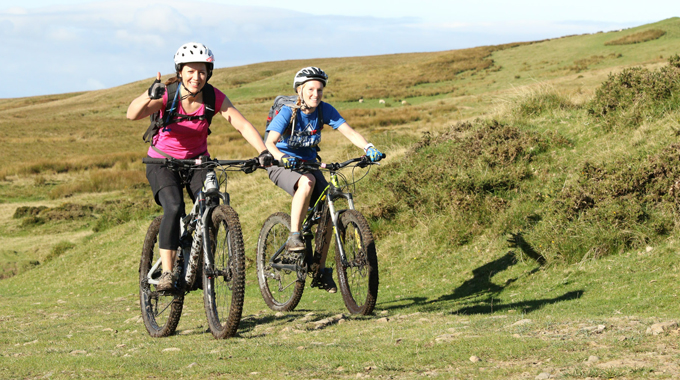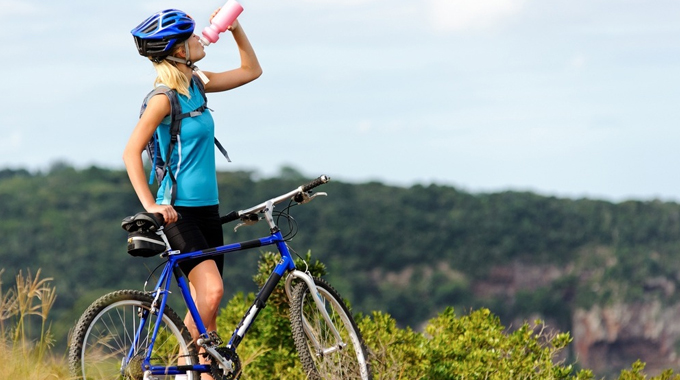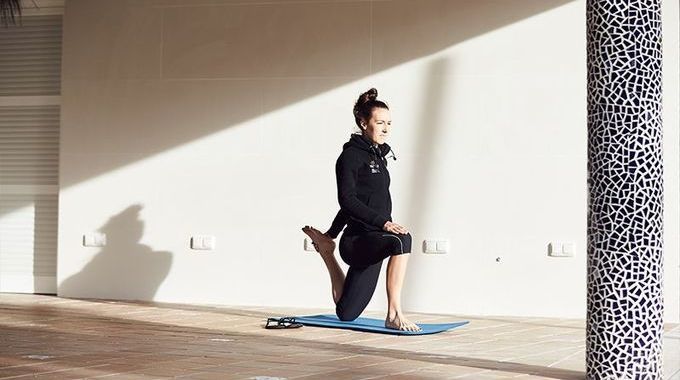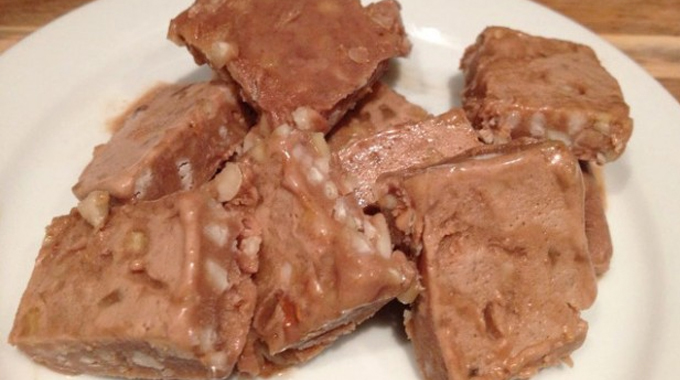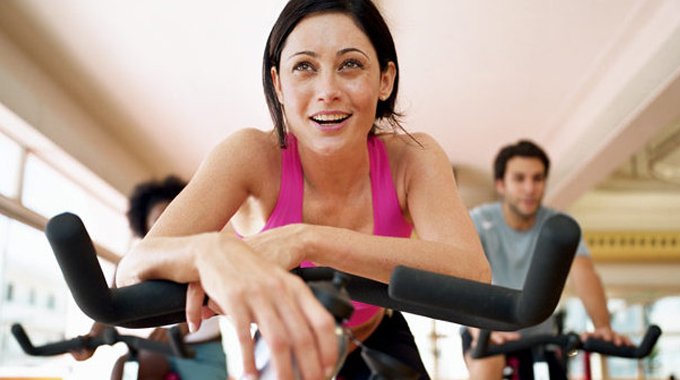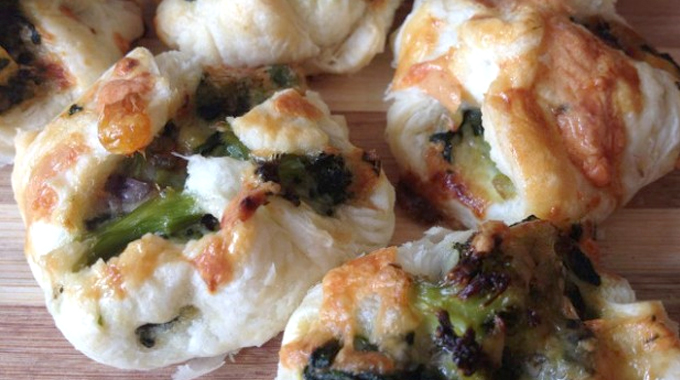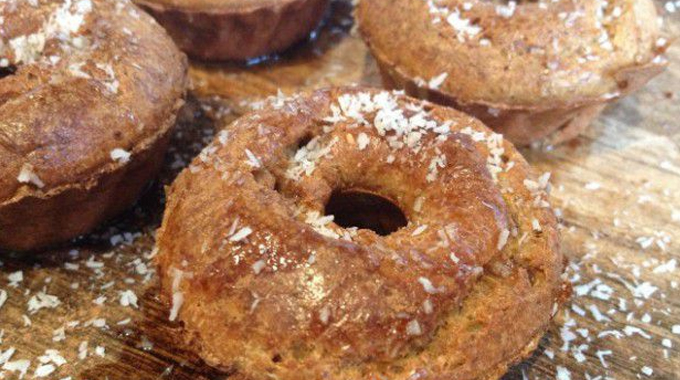Your bike is the fitness trainer that pays you – instead of shelling out gym fees why not get on your bike, it is much cheaper, will get you outside and most importantly, you can ride yourself fit, and maybe even shift those couple of extra pounds you’ve been trying to get rid of for forever.
Here, Jenny Copnall shows us how to cycle your way to fitness queen and QoM extraordinaire:
Don’t grind, spin
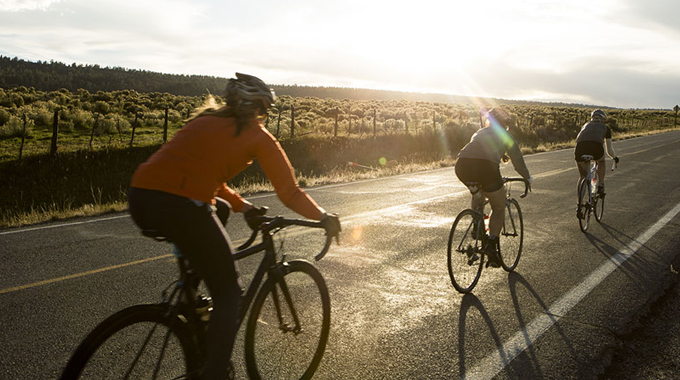
Riding in a huge gear, straining to rotate the pedals hurts, may cause injury, isn’t effective at improving aerobic fitness and brings fatigue into the equation much sooner.
Slogging around gives you slow, heavy, big legs rather than lean, quick, supple pins. It’s also unnecessary – most bikes have more than enough gears to cope with undulating terrain.
Everything you need to know about using your gears effectively
Racing cyclists pedal quickly in a lower gear (we call it a high cadence) because that is the most efficient way to ride long and fast. To begin with, you should use the gears to pedal slightly faster than you are used to, without bumping about in the saddle, keeping a light resistance on the pedals regardless of terrain. Aim to be turning your pedals a full circle in a little under a second.
When the route goes up, change to an easier gear and vice versa, to keep your effort constant. Focus on maintaining the same pedalling speed and keeping the perceived effort easy. Riding your bicycle in this way may feel strange at first, but trust me; this is the starting point for making cycling an enjoyable and productive part of your life.


